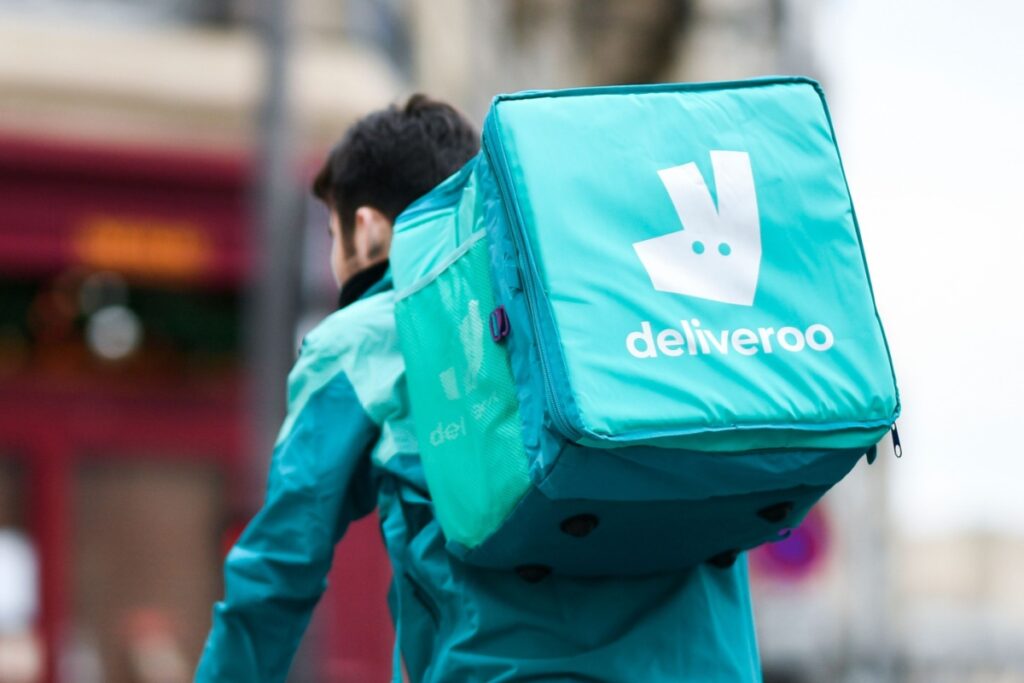DoorDash has formally closed its acquisition of the U.K. food delivery firm Deliveroo in a deal valued at approximately £3 billion (about $3.9 billion). The transaction consolidates DoorDash’s foothold in the European market, expanding its global influence in the on-demand delivery sector.
Transaction Details and Strategic Intent
The agreement had already cleared regulatory hurdles and shareholder approvals in both the United Kingdom and the United States, enabling the companies to integrate operations and strategic plans.
From the companies’ joint statements, the acquisition aligns with DoorDash’s long-term growth strategy outside the U.S. and provides Deliveroo with increased capital and logistical support. As part of the transition, Deliveroo’s existing management and operational infrastructure in the U.K. and Ireland are expected to remain largely intact, while benefiting from DoorDash’s technology, marketing, and financial resources.
Market Reaction and Valuation Considerations
The merger of these two delivery giants has elicited strong reactions across the industry and financial markets. Analysts widely viewed the price tag—£3 billion—as a bold premium, reflecting both DoorDash’s confidence in expansion and the intensely competitive nature of the delivery sector. Some observers expressed concerns over potential regulatory scrutiny, especially regarding market concentration and the balance of power between delivery platforms and restaurants.
Following the announcement, shares of several European delivery companies experienced fluctuations as investors reassessed competitive dynamics. Meanwhile, DoorDash warned that the integration will carry transitional costs, particularly in aligning technology platforms, cross-border logistics, and staffing. The company has projected short-term impacts on margins for its non-U.S. operations, even as it anticipates long-term efficiencies and revenue synergies.
Operational Integration and Outlook
Under the combined structure, DoorDash intends to leverage Deliveroo’s established U.K. infrastructure—encompassing local restaurant partnerships, rider networks, and customer base—and layer on its proprietary logistics algorithms, delivery optimization tools, and cross-market synergies. The combined entity will seek to optimize route planning, adjust pricing models, and integrate shared services such as procurement, marketing, and technology development.
Deliveroo’s leadership, including its founder and executive team, will continue in advisory and operational roles during the transition period to maintain continuity with local stakeholders. The integration plan calls for phased systems alignment and gradual consolidation of overlapping functions, while preserving brand identity and regional market sensitivity in the U.K. and Ireland.
In terms of projections, DoorDash expects that the acquisition will enhance its total addressable market and strengthen its bargaining position with restaurants and suppliers. The firm anticipates that cross-market learnings, from its U.S. experience in scaling delivery and fulfillment, to be transferred eastward, boosting efficiency and margins over time.
Meanwhile, DoorDash must navigate regulatory, labor, and competitive challenges. In recent years, delivery platforms have faced scrutiny over worker rights, gig economy regulation, and commission pressures from restaurants. These pressures now extend to the merged entity, which will need to ensure compliance with local labor laws, data privacy norms, and anti-monopoly legislation across multiple jurisdictions.
Broader Industry Implications
The DoorDash-Deliveroo deal marks one of the more significant consolidations in the food delivery space in recent years. It signals growing maturity in the sector and the urgency for scale to remain competitive. The combined company will contend more directly with other major global players, including Uber Eats, Just Eat Takeaway, and regional incumbents across Europe and Asia.
Smaller, local delivery startups may feel increased pressure to differentiate or seek strategic partnerships. Restaurants and merchants across markets will likely reassess their negotiating positions and platform strategies in light of shifting market power. The consolidation may also trigger further mergers and acquisitions as companies seek to build scale, reduce costs, and capture new geographies.
As the integration proceeds, all eyes will be on how effectively DoorDash can meld two distinct operational ecosystems, manage transitional costs, and deliver on promised synergies, all while responding to regulatory, labor, and competitive headwinds in Europe and beyond.


